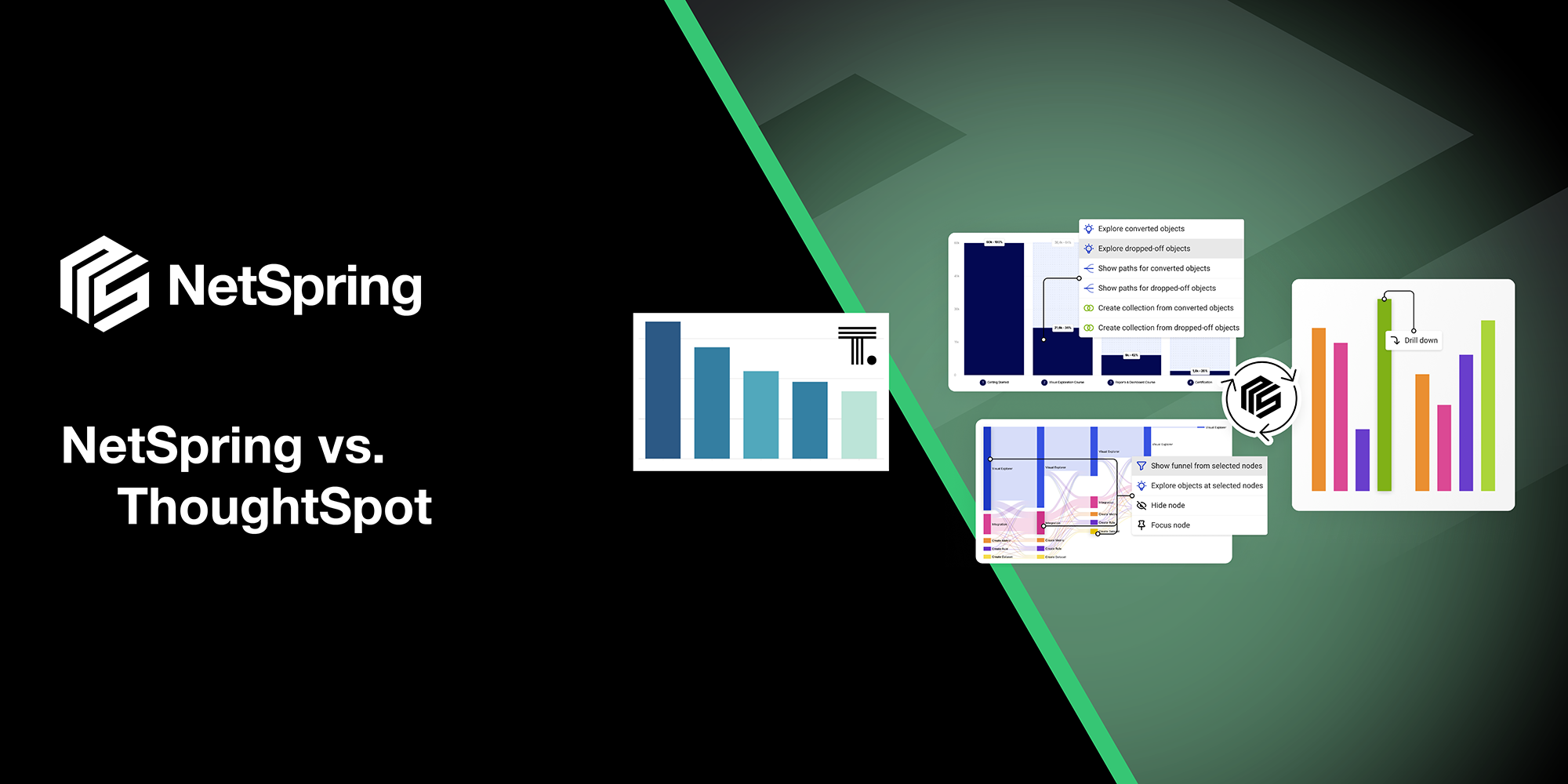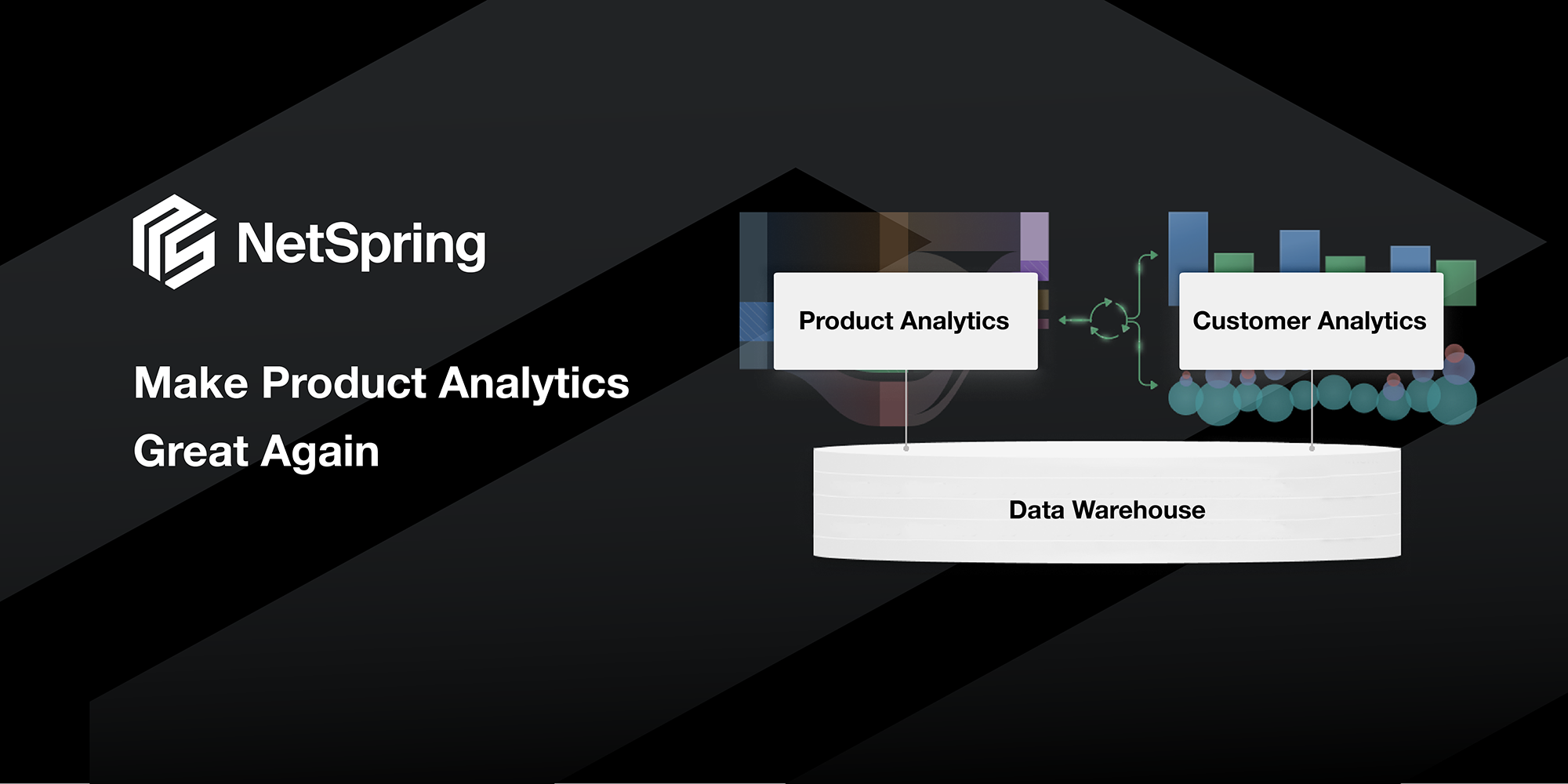If you have event data landing directly in Redshift, you probably are a mature data shop that is aligned with the principles of the Modern Data Stack. Buried in this data is a treasure trove of insights. Do you have the right analytical tools to unlock these insights, to make the highest impact on your business?
Event Data
The last several years have seen a dramatic explosion in the volume of data collected by enterprises. This is driven by increased digitization, pervasive instrumentation of digital experiences, growth in the number of connected devices, and automation. This explosion is mainly in the category of event data.
Event data captures the sequence of events behind every business process. Examples of event data include: product instrumentation, application logs, online gaming interactions, social media interactions, e-commerce orders, marketplace auctions, credit card transactions, stock trades, logistics fleet tracking, IoT sensor readings, etc.
Redshift
Historically event data never landed in a data warehouse. It landed in specialized black box stores of use case-specific SaaS services. Data warehouses were reserved for a small subset of summarized data from transactional business systems like ERP or CRM. But this is changing rapidly. Increasingly, event data is landing in modern cloud data warehouses like Redshift. It is now feasible to store, secure, manage, and access PB-scale event data in data warehouses, in a cost effective manner.
Storing event data in Redshift has three major advantages:
- Single source of truth – Enterprises desire to have all their data in one place without silos/copies in multiple stores. All data in a centralized Redshift has advantages of data consistency, security, and governance.
- Business-context rich analytics – When event data is in Redshift, it can be combined with data from other business systems such as finance, support, sales etc. to make analytics on event data more business impactful.
- Cost – With the separation of storage and compute in Redshift, you can store PBs of data in cheap object stores. You pay for compute only if and when accessed, and in proportion to the quantity of data accessed.
Event Data Analytics
Which analytical tools work best on event data in Redshift? Traditional event data analytics tools such as Amplitude and Mixpanel for product analytics, or Adobe Analytics and Google Analytics for web/marketing analytics, don’t work off the data warehouse. SQL and BI tools such as Looker and Tableau are not designed for expressing and efficiently computing specialized event-oriented analytics.
A new breed of warehouse-native event data analytics tools are emerging for the modern data stack. NetSpring is a pioneer in this space. Request a demo to have one of NetSpring’s experts walk you through how our platform can help you leverage event data to make a quantum jump in business-impactful analytics.












